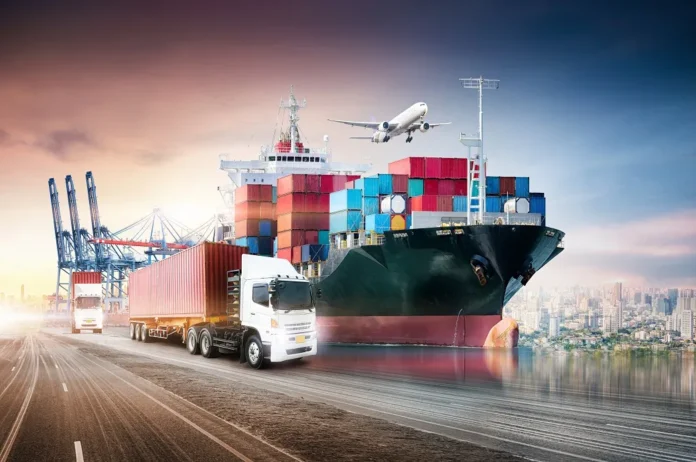Australia has introduced an updated National Freight and Supply Chain Strategy, supported by a 2025–2029 National Action Plan, to future-proof the nation’s freight sector.
The move comes as freight demand is projected to grow by 26% between 2020 and 2050, making resilience, efficiency, and sustainability vital priorities.
The revised framework builds on the 2019 strategy and sets a clear focus on four National Priority Action Areas: productivity, resilience, decarbonisation, and data. Together, these pillars aim to ensure that Australia’s transport networks can keep pace with economic growth, supply chain pressures, and the transition to low-emission technologies.
The new Action Plan outlines 14 nationally significant actions to be rolled out over the next five years. Key initiatives include developing a National Freight Resilience Plan, creating a Freight Infrastructure Investment Framework, advancing safety research into batteries and zero-emission technologies, and modeling current and future freight networks for improved long-term planning.
Federal Minister for Infrastructure, Transport, Regional Development, and Local Government Catherine King highlighted the importance of the update, stressing that “without a viable and reliable freight network, Australia stops.” She added that as industry and consumer demands expand, “it is vital our roads, rails, and ports can accommodate increasing freight movements with resilience, efficiency, and emissions-reduction front of mind.”
By aligning government, industry, and research efforts, the strategy seeks to strengthen supply chain resilience, improve productivity, and accelerate Australia’s shift toward a more sustainable and data-driven freight system.



